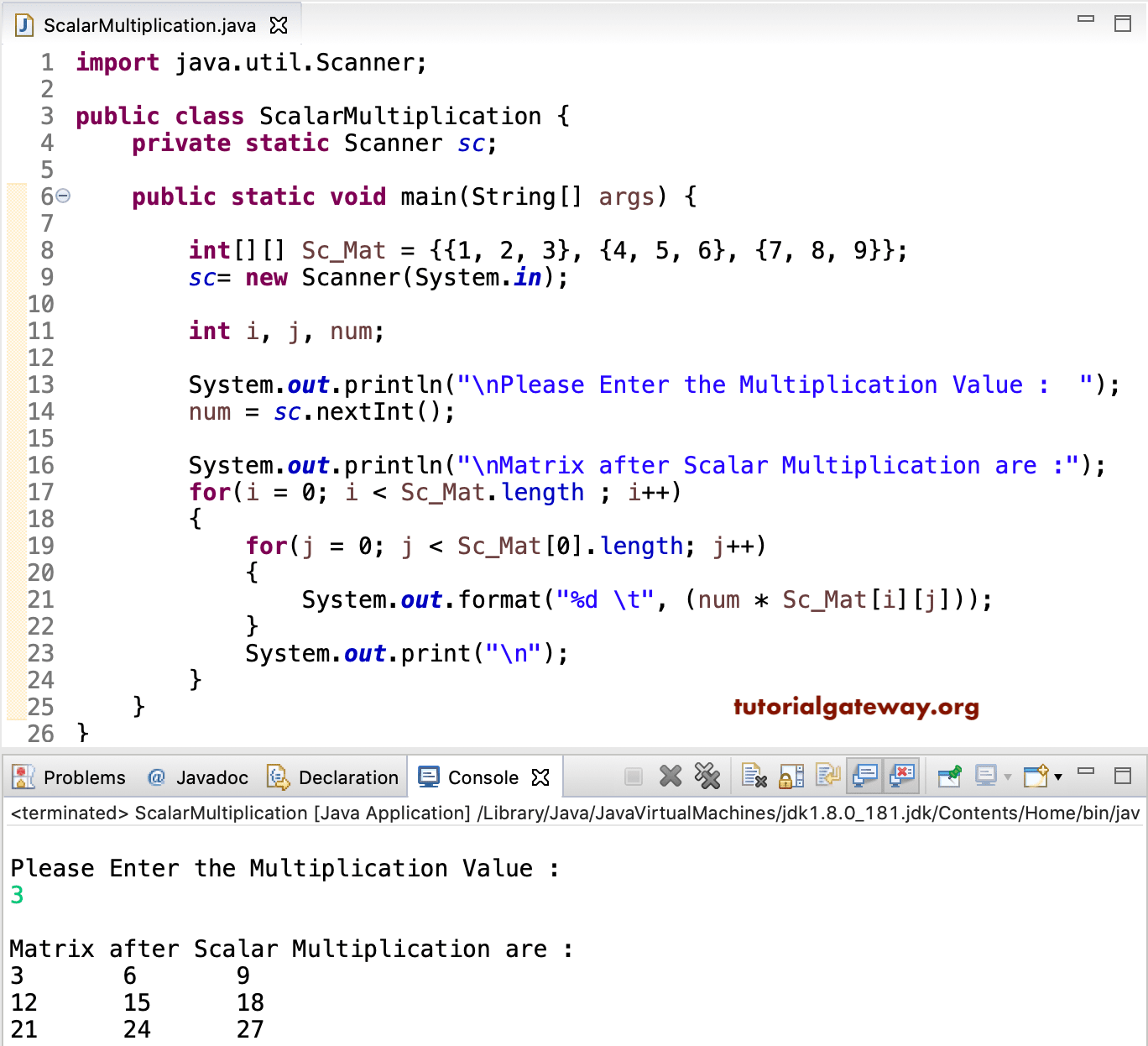

one inputs is a scalar and one input is an array.


There are three broad cases that we’ll consider with np.dot: Having said that, the Numpy dot function works a little differently depending on the exact inputs. To paraphrase the entry on Wikipedia, the dot product is an operation that takes two equal-length sequences of numbers and returns a single number. The simple explanation is that np.dot computes dot products. So Numpy has many functions for performing mathematical computations, like computing the sum of an array, computing exponentials of array values, and many more.Īdditionally, Numpy has functions for doing more advanced operations, like operations from linear algebra. In addition to having functions for creating Numpy arrays, the Numpy package also has functions for operating on and computing with Numpy arrays. Numpy has Functions for Performing Calculations with Numpy Arrays So Numpy has a variety of functions for creating Numpy arrays with different types of properties.

For example, we can create arrays that contain normally distributed numbers, numbers drawn from a uniform distribution, numbers that are all the same value, just to name a few. For example, we can build 1-dimensional arrays, 2-dimensional arrays, and n-dimensional arrays.Īdditionally, we can create Numpy arrays where the Numbers have a variety of different properties. Numpy arrays can come in a variety of shapes and sizes. So for example, a 2-dimensional Numpy array looks something like this: In particular, Numpy creates and operates on Numpy arrays.Ī Numpy array is a data structure that stores numerical data in a row and column structure. Numpy is a Package for Working with Numeric Data in Python We mostly use Numpy for data manipulation and scientific computing, but we use Numpy on specific types of data in specific data structures. Numpy dot operates on Numpy arraysĪs you’re probably aware, Numpy is an add-on package for the Python programming language. So let’s quickly review some basics about Numpy and about dot products. If you’re a little new to Numpy though, or if you don’t completely understand dot products, that might not entirely make sense. Having said that, if you’re new to Numpy, or need a quick refresher about mathematical dot products, you should probably read the whole tutorial.įirst of all, let’s start with the basics.Īt a high level, Numpy dot computes the dot product of two Numpy arrays. If you need something specific, you can click on any of the above links, and it will take you to the appropriate section of the tutorial.
#MULTIPLY A SCALAR TO ONE VECTOR CODE HOW TO#
I’ll explain exactly what the function does, how the syntax works, and I’ll show you clear examples of how to use np.dot. It's encouraging to know there is an optimized library to do it anyway (I was expecting MKL would directly provide this kind of common operations).In this tutorial, I’ll show you how to use the Numpy dot function (np.dot), to compute dot products in Numpy. Right now I guess I will just write the plain subroutine to do the job, hope it still has a good performance. So it is a separate package independent of ifort or MKL? It looks like the server I am working on doesn't have the package. In-place operations on floating point data.Ĭase 4. Not-in-place operations on integer data.Ĭase 3. Not-in-place operations on floating point data.Ĭase 2. One version performs the operation in-place, while the other stores the results of the operation in a different destination vector, that is, executes an out-of-place operation.Īdds a constant value to each element of a vectorĬase 1.
#MULTIPLY A SCALAR TO ONE VECTOR CODE SOFTWARE#
Intel IPP software provides two versions of each function. The arithmetic functions include basic element-wise arithmetic operations between vectors, as well as more complex calculations such as computing absolute values, square and square root, natural logarithm and exponential of vector elements. This section describes the Intel IPP signal processing functions that perform vector arithmetic operations on vectors. But I d recommend you draw attention on IPP ( Intel Integrating Primitives, see the link on IPP: )


 0 kommentar(er)
0 kommentar(er)
